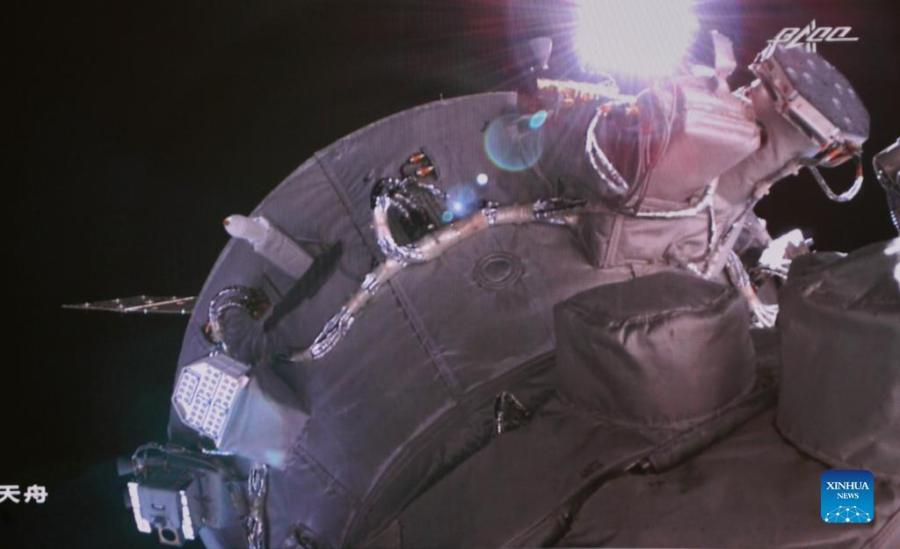
Photo taken on Jan. 6, 2022 at Beijing Aerospace Control Center in Beijing, capital of China, shows the transposition test of the Tianzhou-2 cargo craft using its space station's robotic arm. (Xinhua/Guo Zhongzheng)
China successfully conducted a transposition test of the Tianzhou-2 cargo craft using its space station's robotic arm Thursday morning.
It was the first time that the robotic arm operated a large in-orbit spacecraft for a transfer test, according to the China Manned Space Agency (CMSA).
The test started at 6:12 a.m. (Beijing Time) and took 47 minutes.
After being unlocked and separated from the space station core module Tianhe, Tianzhou-2 was moved into a predetermined position by the robotic arm. The arm then reversed the maneuvers to bring the spacecraft back to its original position. Tianzhou-2 re-docked with the core module and completed locking.
The test preliminarily verified the feasibility of using the mechanical arm to conduct a space station module transfer, confirmed the effectiveness of relevant technologies, and laid a foundation for the subsequent in-orbit assembly and construction of the country's space station, said the CMSA.
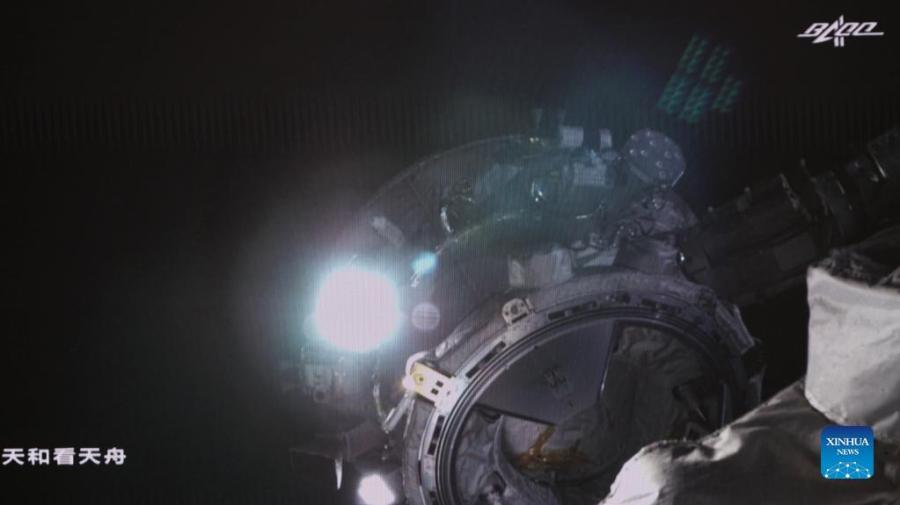
Photo taken on Jan. 6, 2022 at Beijing Aerospace Control Center in Beijing, capital of China, shows the transposition test of the Tianzhou-2 cargo craft using its space station's robotic arm. (Xinhua/Guo Zhongzheng)
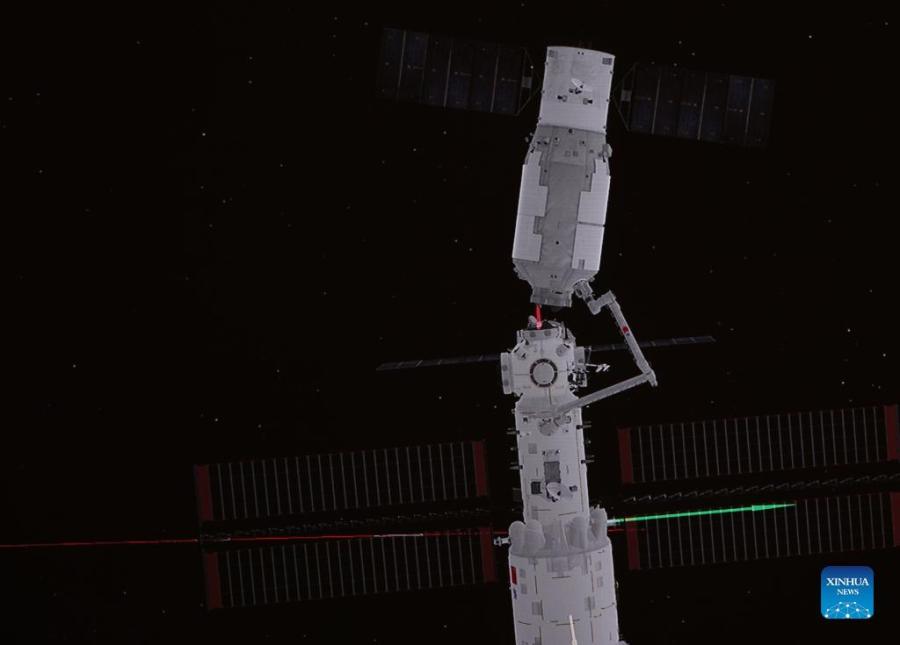
Photo taken on Jan. 6, 2022 at Beijing Aerospace Control Center in Beijing, capital of China, shows the transposition test of the Tianzhou-2 cargo craft using its space station's robotic arm. (Xinhua/Guo Zhongzheng)
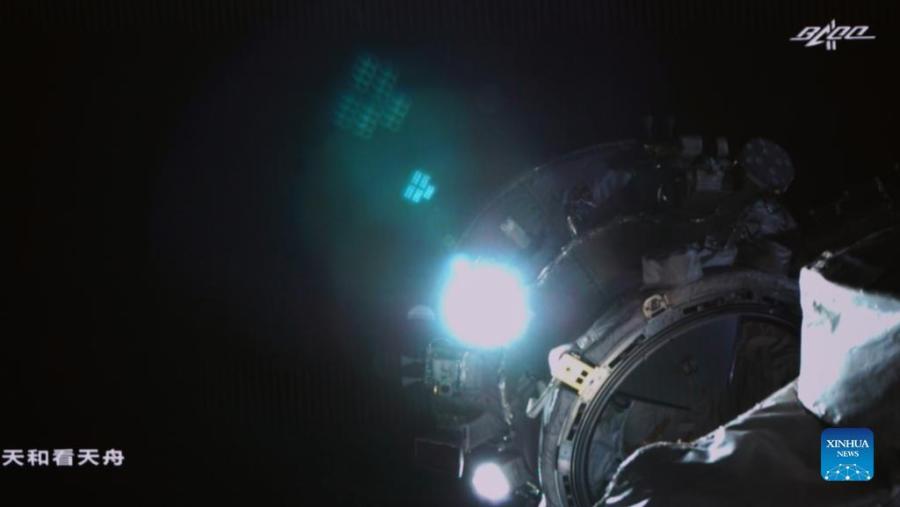
Photo taken on Jan. 6, 2022 at Beijing Aerospace Control Center in Beijing, capital of China, shows the transposition test of the Tianzhou-2 cargo craft using its space station's robotic arm. (Xinhua/Guo Zhongzheng)
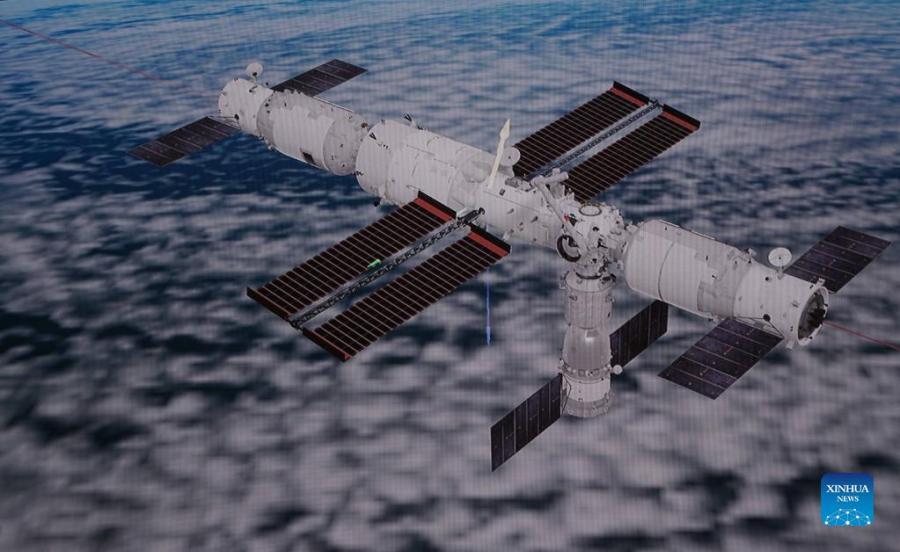
Photo taken on Jan. 6, 2022 at Beijing Aerospace Control Center in Beijing, capital of China, shows the transposition test of the Tianzhou-2 cargo craft using its space station's robotic arm. (Xinhua/Guo Zhongzheng)











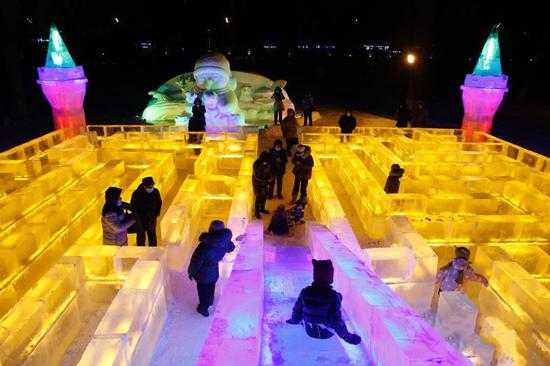




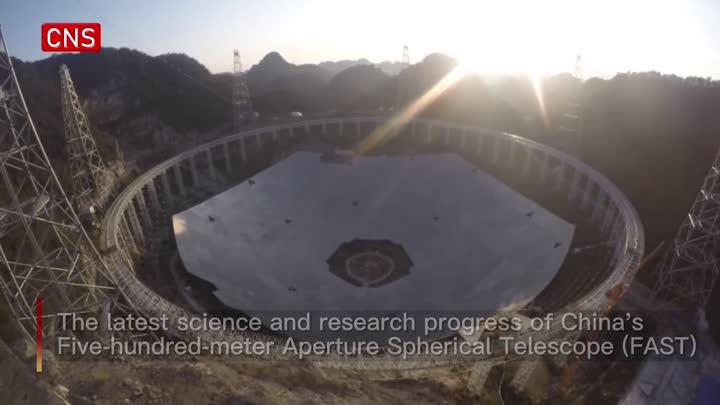



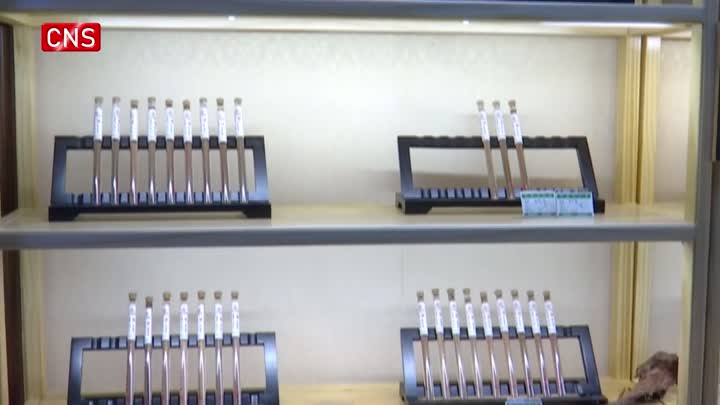


 京公网安备 11010202009201号
京公网安备 11010202009201号